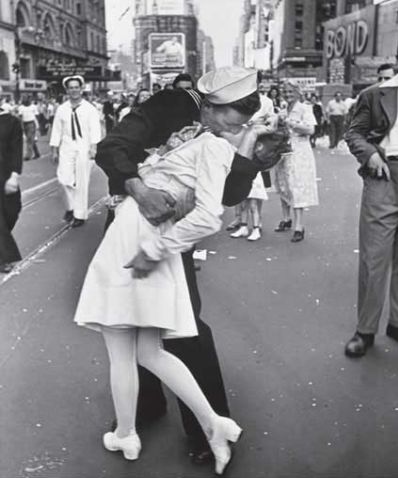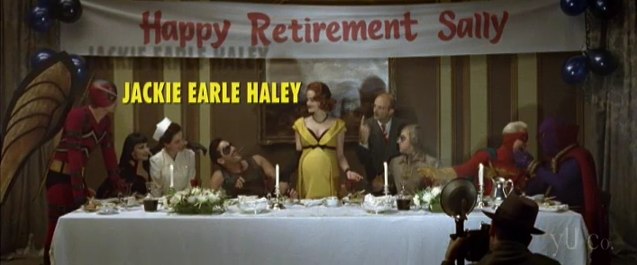Last night, I had a highly amusing but rigorous discussion in bed. No, I actually mean a discussion, not discussion as a euphamism for something else.
I brought up a simple-but-not question to the woman I’m currently dating: “Should we tell Facebook that we’re dating?”
Given that she is a digital media scholar as well, this question was taken and considered for all its ideological social and digital cultural implications.
Facebook, like MySpace or other social networking tools, is a major way in which plugged-in people communicate with their social worlds and represent themselves in those worlds. I have friends I haven’t seen in person for several years, but maintain a level of ambient awareness about their lives due to Facebook. Facebook isn’t simply a translated/re-mediated version of my life and what’s happening in that life, though. It’s a platform for communication, canvas for expression, digital cocktail party for socializing and networking, and much more. The current version of Facebook is a Twitter-inspired giant crawl of activity, commentary, content, and dialogue, a centralized feed displaying the minutia of Facebook life which each person’s filters have chosen to display.
There are many levels of invovlement in social networking sites such as Facebook. Some people eschew them, and their existences are sketched out only by others, tagged in photos with names that don’t lead anywhere (as opposed to leading to active profiles for the Facebook-inclined), and they have little-to-no input on how they are represented in the social network. Some have profiles but barely use them. Some represent their lives using Facebook as a tool for ambient awareness, but don’t actively conduct their lives on Facebook. Others spend many hours on Facebook, using the built-in chat tool for communication, stay abreast of feeds, spread media through its tools, organize parties with the Events function and much more.
So what happens when you get two people who are very active on Facebook but are also very aware of the ideological interpersonal social implications of telling the entirety of Facebook (depending on privacy settings) that they’re In A Relationship?
Clearly, there’s a lot of talking about it, first. Making a relationship ‘Facebook official’ as my signifigant other called it communicates a level of commitment and seriousness in the relationship. It’s a parallel rhetorical shift to switching between calling someone ‘the guy/girl I’m seeing’ to ‘my boy/girlfriend.’ The rhetoric you use to discuss a romantic partner signals to your friends what is going on and how serious something is. The range goes from ‘booty call’ through ‘friend with benefits’ to ‘person I’m seeing,’ ‘girlfriend/boyfriend’, ‘partner’, all the way to the legally-significant ‘spouse’ or ‘(domestic) partner’
The option exists to not bother saying anything about one’s relationship status on Facebook, and many people chose that option. But when you go to the relationship settings and signal that you’re in a relationship, you’re doing the equivalent of calling all your friends to tell them about your new girl/boyfriend, and through the link to the partner’s profile, providing an opportunity for your friends to investigate this new partner. Privacy settings allow a certain amount of filtration of content, but if my friends send friend requests to a new partner looking for information, then it becomes a question to my partner of whether they want to let someone past that gate.
And if you tell Facebook that you’re In A Relationship, then there’s the chance that at some point, the relationship may end and then someone has to tell Facebook that the relationship is over, which is effectively a second/echo breakup, with its own round of condolences, surprise, and the other social fallout.
Since Facebook is likely to be one of the primary tools that my current paramour and I use once our relationship becomes long-distance, the representation of our relationship on Facebook is increasingly important. As my girlfriend said, a plus of making our relationship Facebook official is that it makes it easier for us to assert the existence and make clear the presence of/commitment to a partner when we are apart. The friends she makes at her new university program who friend her on Facebook will see the ‘In a Relationship with <Person>’ on the feed, and have that important piece of information, along with various other facets of self-representation which she has carefully chosen for her profile. It’s the ‘Canadian Girlfriend‘ issue on the internet, and having the explicit hypertextual link between our profiles is a digital representation of the social link and a proof of existence/validity.
There are a variety of other ideological issues surrounding the way that romantic relationships are represented on Facebook. The options exist to speak of being in an open relationship, but there is not (currently) an option to list multiple relationships, which limits the accuracy and efficacy of Facebook for communicating the relationship status of those who practice polyamory.
For those of us who live our lives increasingly online, the way that tools like Facebook control the flow of information and what options we have for mediating and representing ourselves becomes increasingly important. The internet is in total a very democratic place, but in digital sites of high information traffic, the gatekeepers and architects of places like Facebook weild great social and organizational as well as economic power.
On the other hand, we have seen already a number of times where the populace of Facebook rises up to make a strong opinion about how the site conducts its business (the recent reversed change about Terms of Service and photos, for example).
So now, my girlfriend and I are Facebook Official, with all the amusement and social intertwining that comes along with it. I have the feeling there will be more blog posts prompted by the role of digital communication technologies in our ongoing relationship. Probably because we’ve already started talking about them.


